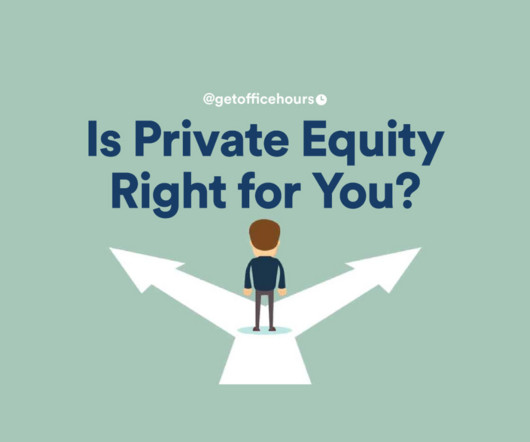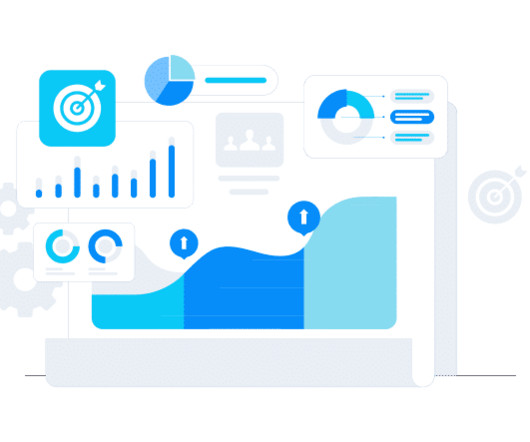Is Private Equity Right for You?
OfficeHours
AUGUST 9, 2023
To know if the buyside is right for you, let’s start with a textbook understanding of “What is private equity?” Private equity involves investing capital directly into private businesses that are not publicly traded on stock exchanges (that would be a hedge fund). Strategic thinking skills are essential.




















Let's personalize your content